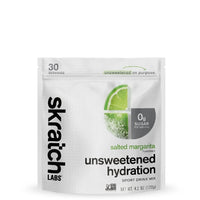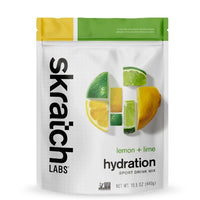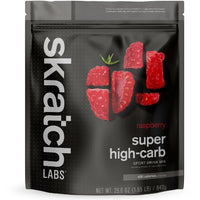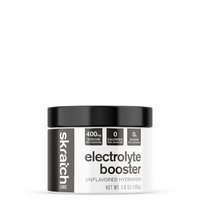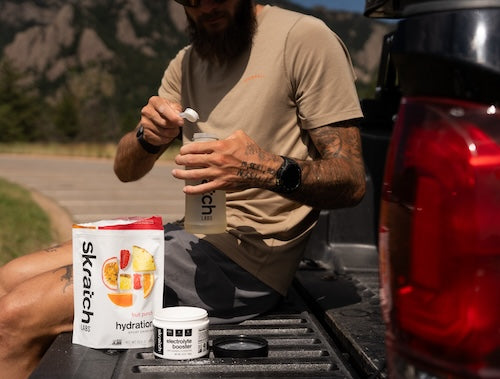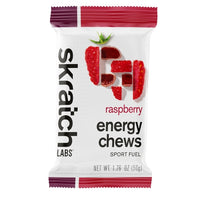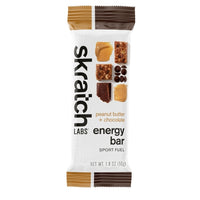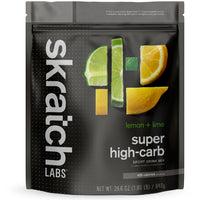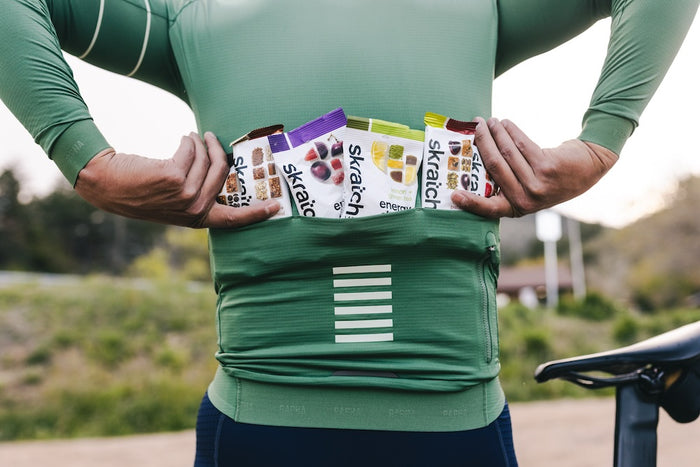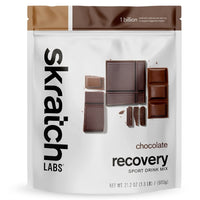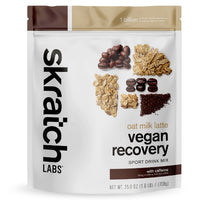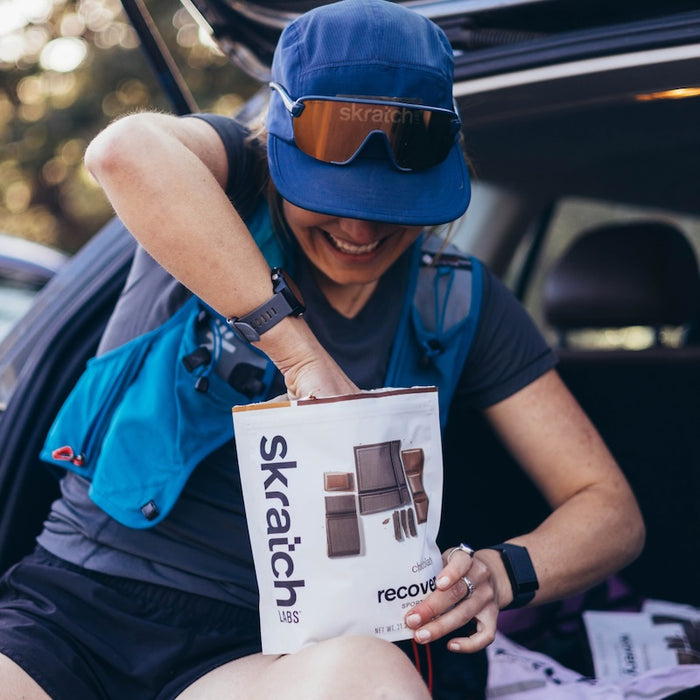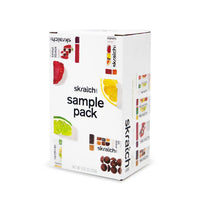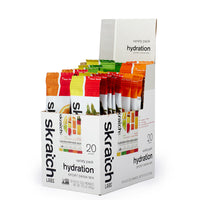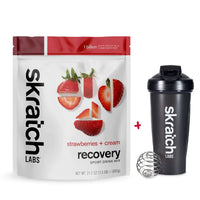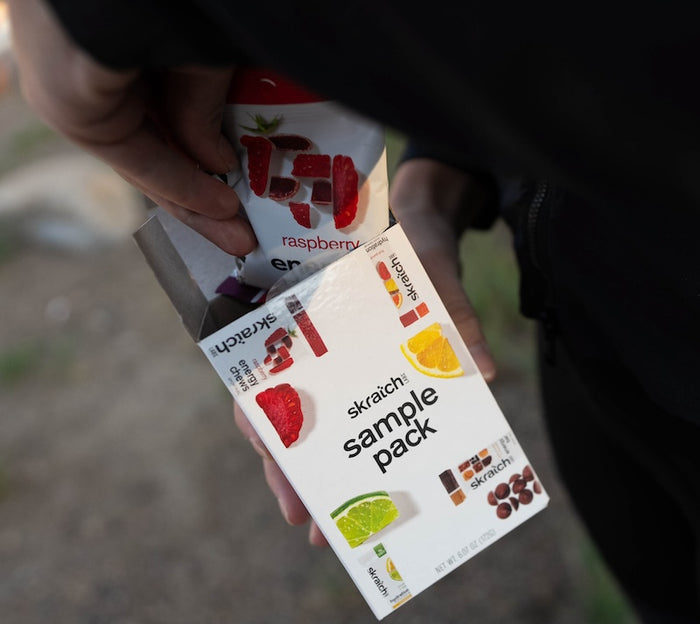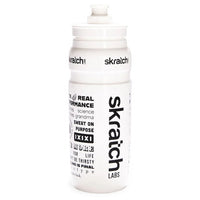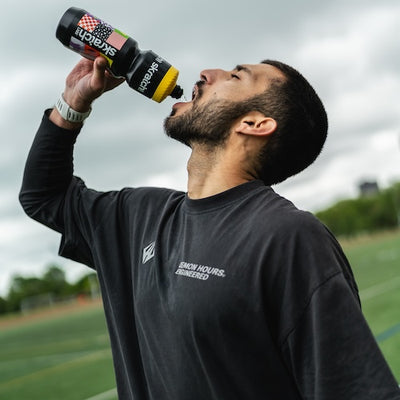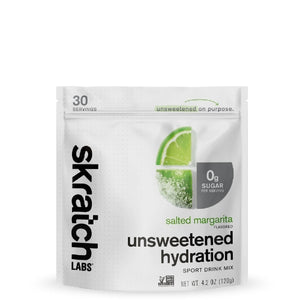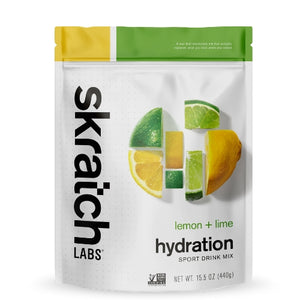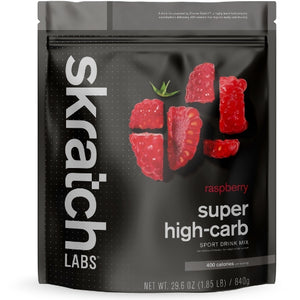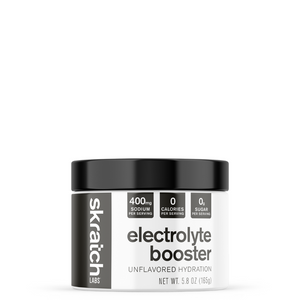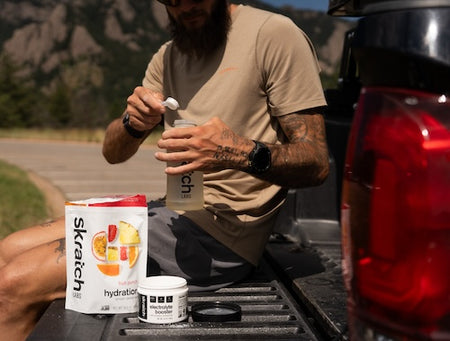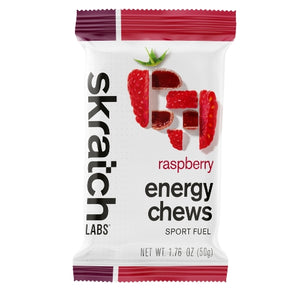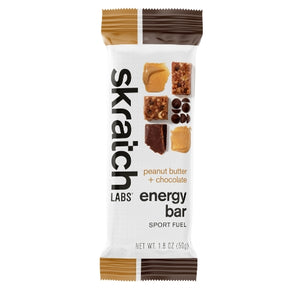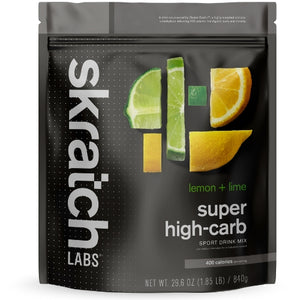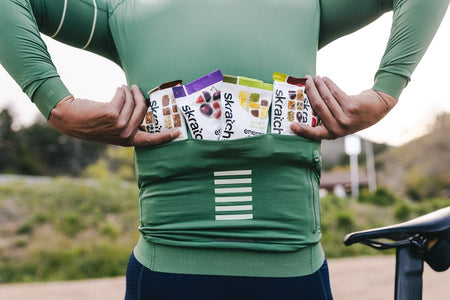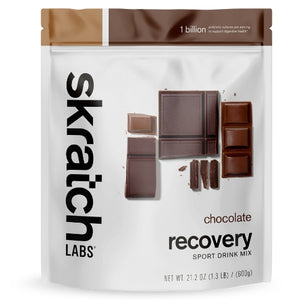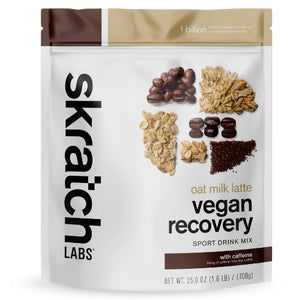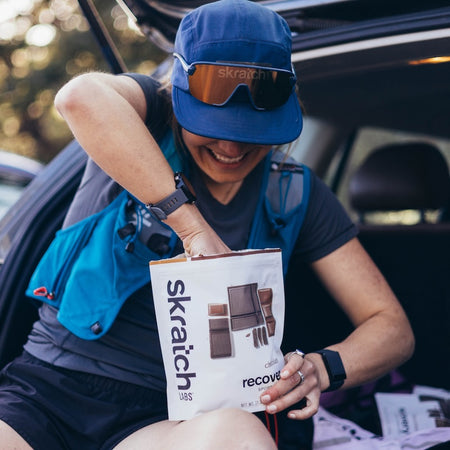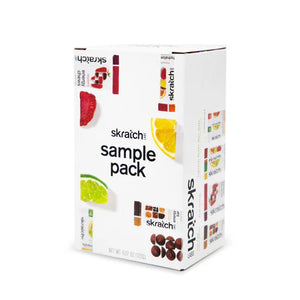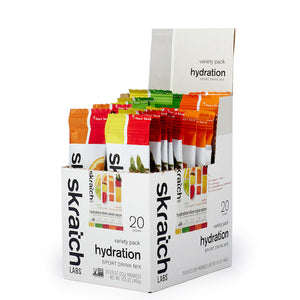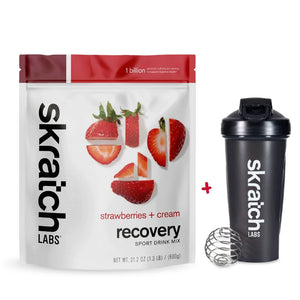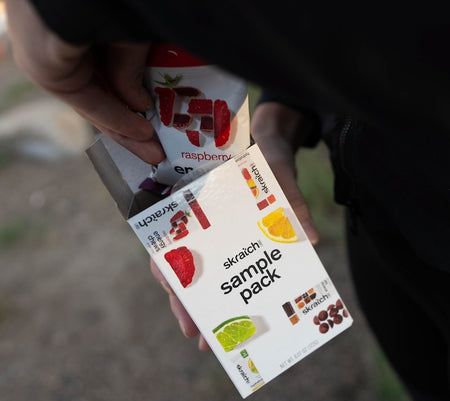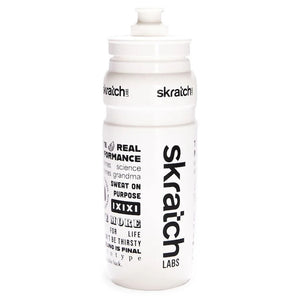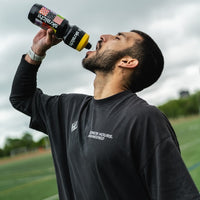Preparation is integral to athletics. You wouldn’t run a marathon without strapping on your trainers multiple times a week leading up to the race, just as you wouldn't compete in a triathlon without ever practicing the swim! Preparation comes in many forms- so many it can be hard to keep track of.
Speaking of hard to keep track of, when thinking of the concept of preloading in the context of exercise physiology, a lot of different concepts come up. Preload can refer to the amount of blood in the left ventricle of your heart just before a contraction (this is the blood being shot through the aorta to the body). Preloading can also refer to ingesting carbohydrates before an endurance event to maximize muscle glycogen stores. Preload is also an important concept in strength training allowing you to maximize the neuromuscular connection and use the most possible force!
It's important to get all of these types of preloading straight so you know how and when to manipulate them! For now, we want to spell out a type of preload that is near and dear to us, and often neglected by mainstream athletes: hydration preloading is the concept of engaging in a set of behaviors that make sure you turn up to an event (or training session) hydrated so that you may maximize your performance.
To be clear, why does hydration matter?
Dehydration can negatively affect athletic and cognitive performance 5,11,14 . Most of the fluid in your body is water, including within your vascular compartments (we will call this extracellular water). Adequate hydration leads to optimal extracellular water and thus plasma volume necessary for blood delivery to muscles (cardiac output and stroke volume), reducing heart strain (lower heart rate), and proper heat dissipation (regulation of core body temperature) 3,4,9,13. Dehydration is associated with subjective exertion and exhaustion 8. For all of these reasons, adequate hydration is an important variable of fitness to pay close attention to (and kind of the reason Skratch Labs exists).
Hydrating in Exercise
Hydration is important in exercise mainly to maintain plasma volume. When we sweat, water moves from inside our cells into the extracellular space (the plasma) to meet cardiac load during exercise. This is a highly variable process depending on your individual sodium dynamics. During prolonged exercise, reductions in plasma volume and sodium (through metabolism and sweat) lead to heart strain and loss of blood pressure (from extracellular fluid losses), which can affect water balance and nutrient delivery to tissues. This is why athletes who begin exercise dehydrated are prone to cardiovascular and thermal detriments 4,9. While your body can regulate some loss of blood volume via hormones that control water and sodium reabsorption as well as osmotic shifts, to a point, dehydration is inevitable.
In general, there is a consensus that dehydration of more than 2% of your body weight can begin to affect exercise performance 3, 5, 14. But like we said, people lose different amounts of sodium in their sweat leading to subsequent variability in intracellular and extracellular fluid dynamics and blood volume. So, there can be a ton of individual variability here.

Showing Up Dehydrated
There is repeated evidence suggesting that most people do not adequately hydrate in exercise, only tending to replace between 30% and 70% of the fluid lost 2,3,9 . Even professionals often underestimate how much fluid they have lost in sweat 2, 4, 8, 13. Put another way, fluid loss during exercise usually exceeds what is replaced with food and drink. This is so common it is termed “voluntary dehydration”- basically, it takes active attention to remain adequately hydrated to avoid deficits in performance and endurance 6 .
This problem of voluntary dehydration is exacerbated by the fact that most athletes turn up to events already dehydrated: in turn, not replacing fluid before and during exercise can lead to some problems 2,3,4,9. Beginning exercise dehydrated and dehydration during exercise in general has well documented performance deficits; many of which are worse in the heat. These include shorter times to exhaustion and greater ratings of perceived exertion concurrent with markedly raised heart rates and core temperatures 3,4,10.
Basics of Hydration (If you haven’t yet, check out our hydration blog)
To combat dehydration, it is important to hydrate before, during, and after exercise. Though, drinking plain water may not be enough. Sweat is hypotonic (pulling water with it) to blood, meaning it draws water away from blood leading to hypertonic (high density of solutes causing water to leave) blood 1. Sodium has a high osmotic pressure, meaning it likes to keep water close. Think of it like onlookers surrounding a breakdancer in a cypher. In this metaphor, the breakdancer is sodium, onlookers are water. This means, if you are drinking something without enough solutes (like sodium and glucose), you will not retain water, and you can leave your vascular system with the same performance issues as in the dehydrated state.
Pre-Loading Hydration
For all of the aforementioned reasons, it is important to stay hydrated with drinks containing sodium- and this holds true for hydrating before an exercise. In fact, proactive hydration has been shown to enhance both endurance and short, powerful exercise (like sprinting or strength training) performance 3.
Although hydrating with plain water 60 minutes before exercise may adequately raise blood volume, osmotic pressure and increased urinary output will cause fluid loss and disruption during the session 3. If there is too much H20 without sodium to hold it, your kidneys will get rid of it- and no one loves mid race urination. For this reason, having very little plain water (400 mL or 8 oz) two hours prior to exercise may give the kidney’s time to balance fluid and sodium. While prehydration with plain water may be effective for the less sweaty salters, shorter durations, or temperate climates, it is generally best to consume a beverage with sodium to maximize hydration especially as drinking too much plain water can acutely lead to low sodium concentrations, or hyponatremia.

When, Where, How?
Sodium solutions ingested before exercise can expand plasma volume beyond baseline and can maintain plasma volume in exercise 9. Studies have shown a direct, positive relationship between the amount of sodium in the ingested fluid and resulting plasma volume 9,11 . However, at extremely high concentrations of sodium (greater than 4000 mg/L), diarrhea is reported. So there is a messy balance here- that is why we created a product system to let you stack sodium hydration solutions to reach ~3000mg range to maximize plasma volume expansion, but minimize GI distress. Extremely high sodium drinks(basically saline) are only necessary (excluding any disease state/underlying conditions) when dehydrated prior to a very long and intense event (or in very hot conditions, or both). In these conditions, high sodium ingestion can increase time to exhaustion potentially related to augmented VO2Max (oxygen delivery to tissues). Contradicting this, too much sodium in the wrong context can actually raise core body temperature during exercise- especially if it contains more dissolved particles than found in blood or cells 9 . It may then serve a benefit to dilute these high sodium solutions as much as possible. Additionally, preloading with drinks containing potassium (like our Hydration Mixes) may be able to raise intracellular water levels to act as a sort of reserve for the extracellular water shift in exercise.
If the aforementioned left you spinning, let’s make it simple.
Ingesting a ton of sodium will absolutely raise plasma volume and subsequently aid performance. Providing a similar benefit, try a high-sodium-high-potassium mix (or get this in your diet) to maximize fluid stores in all compartments. Consume this crap load of sodium with a crap load of water. As a caveat, we all know sodium has been demonized in our daily diets, bringing us to our usual plug: too much sodium if you are not pushing the limits in exercise will not be beneficial to health or performance, unless your doctor told you otherwise.
It is not always the goal to maximize sodium intake and thus plasma volume. When training or competing in moderate events, just optimizing plasma volume is enough to enhance performance. For these reasons, opting for a mix like Hydration Sport or Unsweetened Mix (containing around 800mg Na+/L) could help raise blood volume and mitigate deficits in cardiac output, muscle and skin blood flow, rises in core temperature, and performance impairment 4,10.
Beyond all of the benefits of hydration shortly preceding an exercise bout, if you are tapering for an event, staying adequately hydrated during the offloading of training can maximize the positive performance effects associated with tapering 7.
A Note on Sodium Loss
While intake of sodium is important to maximize hydration and performance, sodium and hydration dynamics, as we have mentioned, are very variable. First of all, one training adaptation is a baseline increase in plasma volume- rendering plasma volume changes with pre-loading smaller than if you were not trained at all. In other words, the more you have trained, the less you can change your plasma volume. What’s more, sodium loss in sweat is highly variable due to genetic and adaptational reasons. In fact, one of the great adaptations of heat acclimation is less sodium loss in sweat 9- how nifty! These individual variations can make preloading and hydration in general pretty tricky.
A Cheat Sheet
This stuff is complicated, and there is not a one size fits all hydration plan.
i) Before any training session including short and easy, try 8oz of water 2 hours before exercise.
ii) Hydration begins 2-3 days before a big event, especially if you are traveling.
iii) If you suspect you are dehydrated (statistically speaking, you probably are 2,4,8,13), AND if you are going to have a long, hard, hot session- try hyper hydrating with a drink mix 1-2 hours before exercise, paired with lots of water!
iv) On more mellow training days, preloading (and/or recovering) with Sport Hydration Mix or Unsweetened Mix 2 hours prior to training.
v) If tapering or leading up to an event, stay hydrated with water at rest and sports drinks while exercising. Remember, salt and potassium come from food too! Wait to supplement these electrolytes until a couple hours before a race or event.
vi) If you have an early event the next day, preload with hydration the night before.
vii) All of the above can maximize your performance, heart and vascular function, and body temperature in the right context! Play around, test it out, and see for yourself how it feels!
References:


